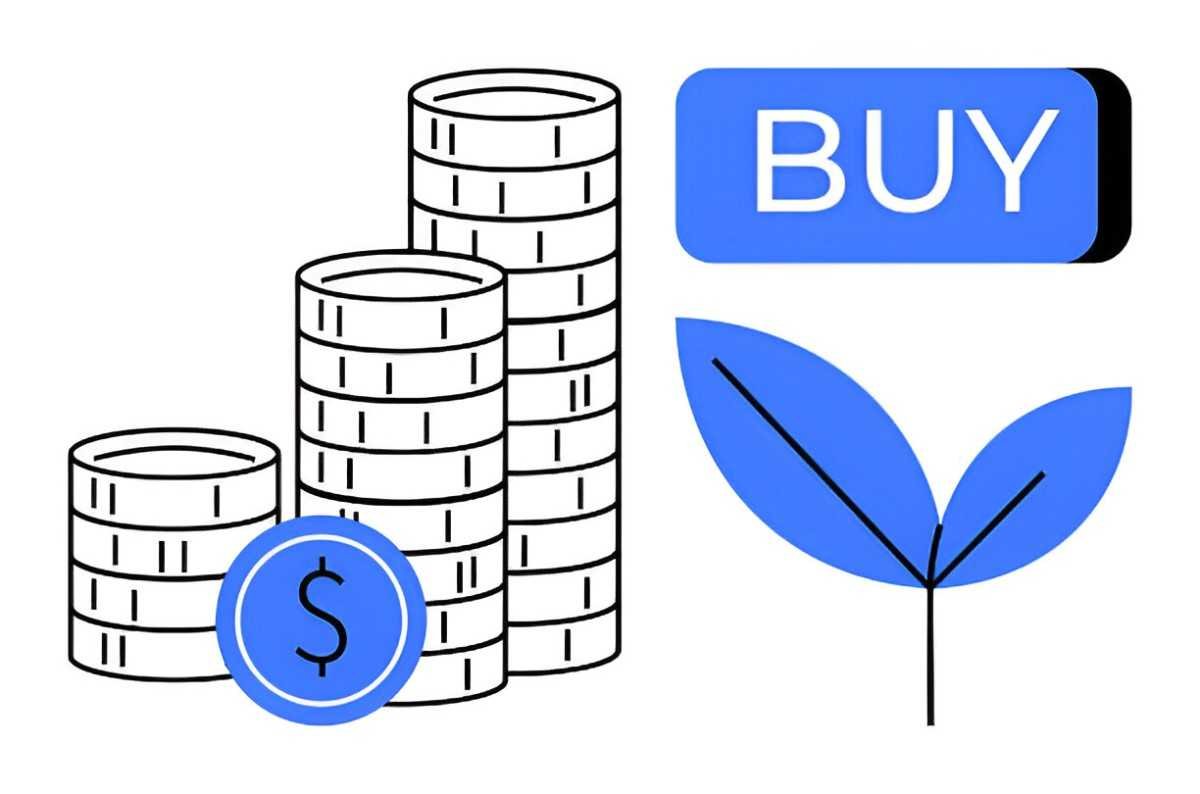As a finance expert, I often get asked about the best ways to invest in actively managed mutual funds. These funds, unlike their passive counterparts, rely on professional managers who actively pick stocks and adjust portfolios to outperform the market. But how do you actually buy them? In this guide, I’ll break down the entire process, from understanding what actively managed funds are to selecting the right one and executing your purchase.
Table of Contents
What Are Actively Managed Mutual Funds?
Actively managed mutual funds are investment vehicles where a fund manager makes deliberate decisions about which securities to buy, hold, or sell. The goal is to beat a benchmark index, such as the S&P 500. Unlike index funds, which passively track a market index, active funds rely on research, market timing, and strategic asset allocation.
Key Features of Actively Managed Funds
- Higher Expense Ratios: Due to active management, fees are usually higher (often between 0.5% and 1.5%).
- Potential for Outperformance: Skilled managers may deliver better returns than the market.
- Higher Turnover: Frequent buying and selling can lead to capital gains taxes.
How to Buy Actively Managed Mutual Funds
1. Choose the Right Fund
Not all active funds are created equal. I recommend evaluating:
- Performance History: Look at long-term returns (5+ years) rather than short-term spikes.
- Fund Manager’s Track Record: A manager with consistent outperformance is preferable.
- Expense Ratio: Lower fees mean more of your money stays invested.
- Investment Strategy: Understand if the fund focuses on growth, value, or sector-specific stocks.
Example Comparison Table: Top Actively Managed Funds
| Fund Name | Expense Ratio | 5-Yr Avg Return | Benchmark | Minimum Investment |
|---|---|---|---|---|
| Fidelity Contrafund (FCNTX) | 0.86% | 12.3% | S&P 500 | $2,500 |
| T. Rowe Price Blue Chip Growth (TRBCX) | 0.69% | 14.1% | Russell 1000 Growth | $2,500 |
| American Funds Growth Fund (AGTHX) | 0.62% | 11.8% | S&P 500 | $250 |
2. Decide Where to Buy
You can purchase actively managed mutual funds through:
- Directly from the Fund Company: Vanguard, Fidelity, and others allow direct purchases.
- Brokerage Accounts: Platforms like Schwab, E*TRADE, and TD Ameritrade offer access.
- Robo-Advisors: Some automated platforms include active funds in portfolios.
- Employer-Sponsored Plans (401k): Many workplace plans offer active funds.
3. Understand the Costs
Active funds come with several fees:
- Front-End Load: A sales charge (e.g., 3-5%) when you buy.
- Back-End Load: A fee when you sell (also called a “deferred sales charge”).
- Expense Ratio: Annual fee as a percentage of assets.
- 12b-1 Fees: Marketing and distribution fees (usually 0.25-1%).
Example Cost Calculation
If you invest $10,000 in a fund with a 1% expense ratio and a 3% front-end load:
- Initial Deduction (Load): $10,000 * 0.03 = $300
- Net Investment: $10,000 - $300 = $9,700
- Annual Fee: $9,700 * 0.01 = $97
4. Place Your Order
Once you’ve selected a fund:
- Open an Account (if you don’t have one).
- Transfer Funds from your bank or another investment account.
- Enter the Ticker Symbol (e.g., FCNTX for Fidelity Contrafund).
- Specify the Investment Amount.
- Submit the Order.
5. Monitor and Rebalance
Active funds require periodic review. If the fund underperforms consistently, consider switching to a better option.
Pros and Cons of Actively Managed Funds
Pros
✔ Potential for higher returns than index funds.
✔ Professional management reduces individual stock-picking stress.
✔ Diversification across multiple securities.
Cons
✖ Higher fees can eat into returns.
✖ Not all managers outperform the market.
✖ Tax inefficiency due to frequent trading.
Final Thoughts
Buying actively managed mutual funds involves research, cost analysis, and careful selection. While they offer the potential for market-beating returns, fees and manager risk must be considered. I recommend starting with no-load, low-expense funds and diversifying across asset classes.





